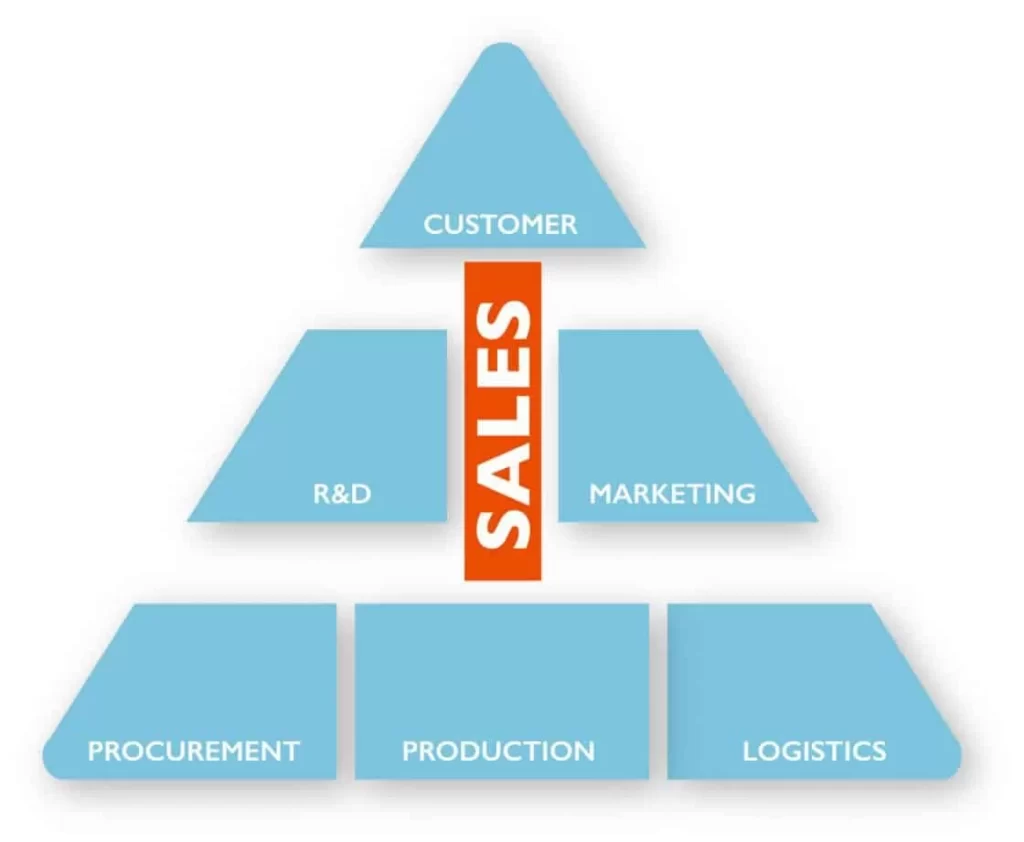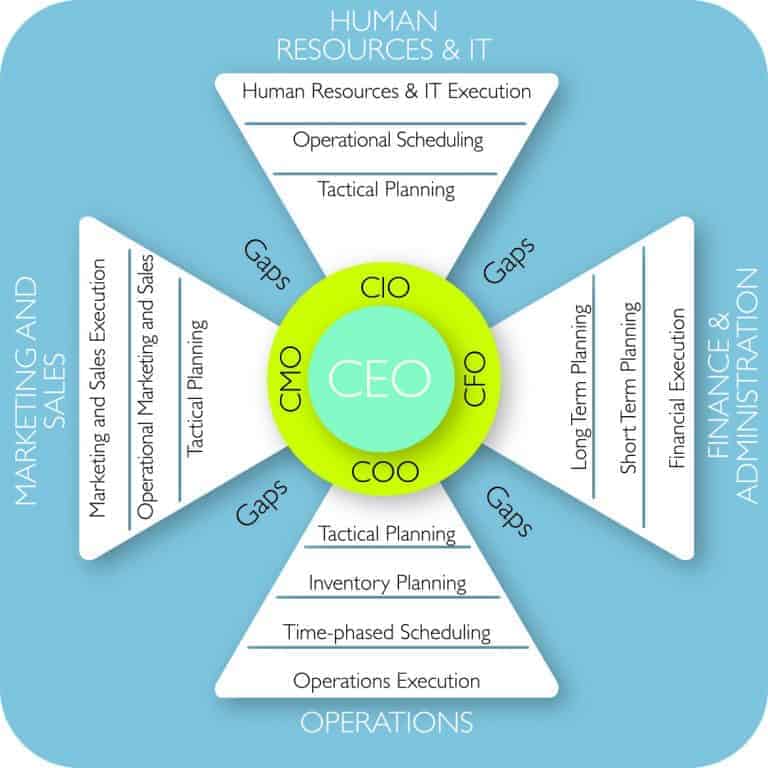How Business Model Works?
I was shocked when I heard of the bankruptcy of Hostess Brands Inc.
The $2.5 billion maker of Twinkies and Wonder Bread had about 33 plants, 565 distribution centers and 570 bakery outlet stores across the United States.
I have no doubt tons of e-ink will be spilt on dissecting the saga and pinning the blame on the unions, management, workers, and government.
But how Business Model works?
However, from my perspective, the business model of the company was passé long time ago.
In this article, we contrast the Hostess Brands business model with that of the top-rung players in the food industry – the so-called ABCD: Archer Daniels, Bunge, Cargill and Dreyfuss.
Even you skim parts of the book “The 5-Star Business Network”,
I urge you to read carefully, think, and use the material in this article because it could make the difference between your company becoming the Hostess of your industry, or one of the ABCDs.
Get to know here How Business Model works.
Business Model has changed and most people are yet to understand the profound change

Known aphorism in the circles of architecture that the form follows function. In other words, the structure of a particular unit evolves to facilitate the functioning of that unit.
If the form does not match the function, the structure or the function eventually changes.
While researching the book, we examined the organization structure of more than 50 companies, almost all of them looked like variations of the generic structure given in the figure here (see the complete structure in the book to know how business model works)
Traditional Organisation Structure
Titles and structure in organisational structure vary enormously. However, most companies agree this is the best way to look at how they are organised to serve their customers’ needs.
At the same time, most of these companies evolved at least two decades ago so their functioning has become almost entirely customer-centric, with their customers’ priorities driving most of the business workings.
In our work with corporations, we have often found the supply network structure frequently results in limiting the effectiveness of the organisation.
The traditional structure of the organisation shown above frequently stifles customer responsiveness and innovation.
In the modern outsourced globalised world, a traditional structure with strict hierarchies and internal walls between departments is a hindrance, rather than an aid for achieving success in business.
In today’s hypercompetitive world of consumer electronics, Apple is a standout among peers as great as Sony, Samsung, Panasonic, Motorola, Nokia and Dell.
With convergence, all of these companies are vying for their share of the consumer’s wallet with increasingly similar products doing similar things.
What did Apple do that its market value now surpasses Microsoft’s? How did it manage to get over the entrenched competitive advantage of companies such as Sony, Motorola or Nokia?
Your organization chart is the wrong model for your business

Our work in global supply network strategies and supply network design has convinced us that a modern distributed organisation needs to look at redesigning
its explicit structure to keep up with the realities of the business world, which has changed tremendously in the last 20 years.
A typical supply chain now runs seamlessly across multiple continents, through boundaries of several organisations, to finally serve a customer with a unique product.
To do so, organisations have created de facto structures, which are far different from the traditional structures that they have put in their organisation charts.
The purists might argue that this discussion does not really matter if organisations are already acting in accordance with a de facto structure – an argument which holds some merit.
However, people who make up an organisation respond to the explicitly shown structure
(see the complete structure in the book) with much more enthusiasm and clarity that to a defacto or mutually understood structure.
I believe that organisations should formalise their defacto structures and use them to gain further competitive advantage.
Now you know how Business model works.
For this purpose we have created the model Customer Centric Organisation Structure.
Extract from the book “The 5-Star Business Network”, written by Vivek Sood
Read more on “The 5-Star Business Network”






